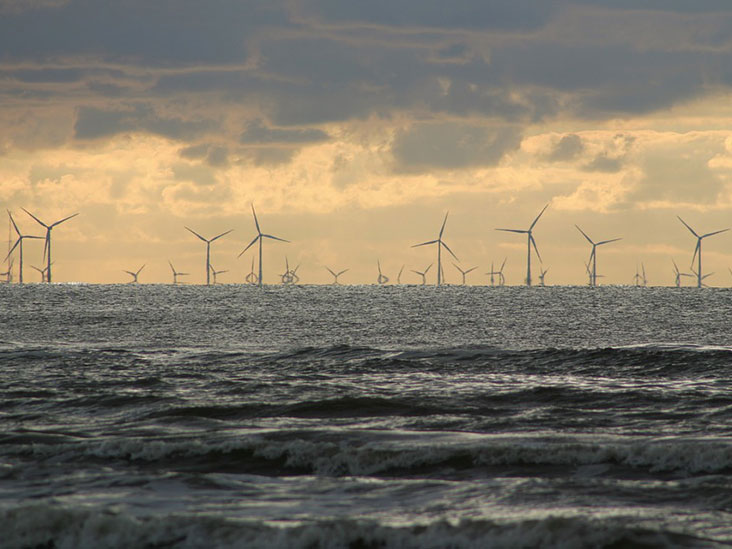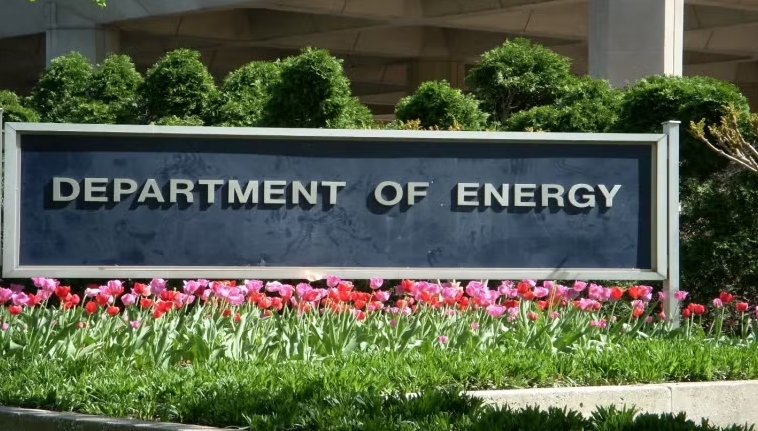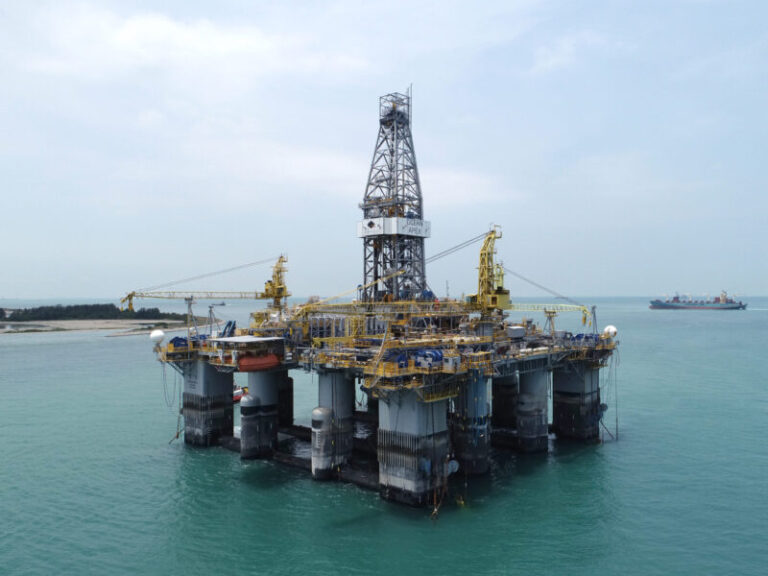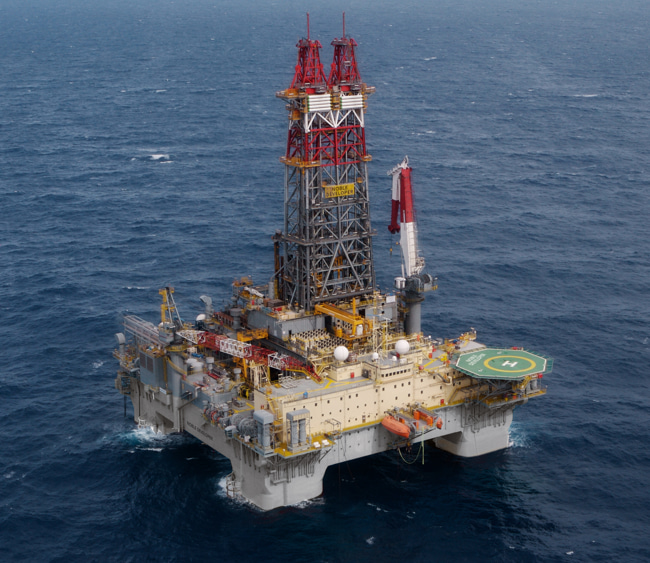European offshore wind capacity may rise nine-fold by 2040 from 20 GW currently to 180 GW and become the region’s biggest single source of electricity, the International Energy Agency (IEA) said on Friday.
The global average cost of power generated by offshore wind would also drop 40% by 2030, it added in its Offshore Wind Outlook 2019 report.

“Looking at the future of offshore wind... it has the potential to join the ranks of shale gas and solar photovoltaics in terms of steep cost reductions,” said IEA president Fatih Birol.
“Europe has pioneered offshore wind technology, and the region is positioned to be the powerhouse of its future development,” said the IEA.
“Today, offshore wind capacity in the European Union stands at almost 20 GW.
“Under current policy settings, that is set to rise to nearly 130 GW by 2040.
“However, if the European Union reaches its carbon neutrality aims, offshore wind capacity would jump to around 180 GW by 2040,” said the Paris-based agency.
“Ambitious vision”
“An even more ambitious vision – in which policies drive a big increase in demand for clean hydrogen produced by offshore wind – could push European offshore wind capacity dramatically higher,” it added.
However, significant investment in power grids was necessary to accommodate the growth.
“Without appropriate grid reinforcements and expansion, there is a risk of large amounts of offshore wind power going unused,” said the report.
“Offshore wind currently provides just 0.3% of global power generation but its potential is vast,” said Birol.
“More and more of that potential is coming within reach but much work remains to be done by governments and industry for it to become a mainstay of clean energy transitions.”







